Description
G.A. Sekon, was the pen-name of George Augustus Nokes (1867-1948), who was a partner in a firm of Surveyors and Land Agents, and wrote extensively on railway matters for magazines, newspapers and technical journals on all aspects of railways. On becoming a full-time writer, he was appointed as the first editor of the Railway Magazine, but he was an argumentative and opinionated person (reflected in many of his writings) and left after an argument with the owners to start a magazine of his own. Among those he fell out with were the fantasist Clement Stretton, and the author of a similar work to his own “Evolution of the Steam Locomotive” -(The “British Steam Locomotive 1825-1925”) by E. L. Ahrons.
Both had a similar approach in some ways – a leisurely stroll through the early history of the locomotive, followed by a breathless gallop over the last ten or twenty years. Certainly Sekon’s book showed signs of haste, either with errors or uncorrected typos. Ahrons was in poor health, facing a deadline which no writer can ignore, and his book was completed for the press posthumously. One cause of dispute between them seems to have been the origins of the blast pipe. Before a personal financial crisis in the late 80’s forced me to sell a number of books, I owned a copy of “Timothy Hackworth and the Locomotive” which had belonged to E. L. Ahrons. It was full of marginal notes, including on one page in very heavy pencil “THAT EGREGIOUS B#$%&* SEKON!!!” which would indicate little love lost between them…He also fell out with Henry Greenly, although he seems to have got on well with that other pillar of locomotive history, Charles Rous Martin. However, his difficult relationships led to him being excluded from a committee set up to press for the preservation of historic locomotives.
“Locomotion in Victorian London” is generally regarded as Sekon´s best book, probably for two main reasons. Firstly, he lived through the last 30 years of the era, dwelling and working in London so was able to contribute a great deal from personal memory and experience. Secondly, at the time of writing he was no longer under the pressure of editing a monthly magazine, so the writing is more leisured, and less like a horse race commentary than some of his work.
Nokes considers “locomotion” in the widest possible sense, from pedestrianism (including driving new roads through London) and routes where it was permissible to drive herds of animals on the hoof through, animal haulage of vehicles carrying goods (from very small carts pulled by very large dogs, to massive vehicles pulled by teams of three horses). Then there were handcarts conveying all kinds of goods. When he was a small cild, a man with a handcart called at the family home daily, delivering two cans of drinking water – “father was something of a hygienist” from an artesian well in Syon Park. Father was obviously a caring man. On moving to this new small villa, there was no accommodation for “Bishop” the family’s horse. While one was being built for him, Bishop was lodged at a livery and bait stable, and as such establishments were notorious for underfeeding their guests, father made excuses to be present at feeding times, to ensure Bishop got his fair share of the oats. Stables for cab horses often had a donkey on the premises, there being a superstition that this animal would prevent the horses getting “glanders” According to Sekon, the donkey’s main function was to keep the horses tails short by eating them! Before leaving the quadrupeds, it is worth mentioning that passenger wheeled road transport is is well covered, detailing the changes in fashion for private conveyances, of design for cabs, and omnibuses and trams. Mechanical road transport, apart from steam hauled trams and some early steam omnibuses barely gets a look in. Tramway electrification and motor taxis were a post Victorian development.
There are lengthy sections dealing with river steamers and railways, including the Underground and the first two tubes. Surface railways begin with the London &Greenwich, concluding with the arrival of the Great Central. There there aRE snippets of information which would be difficult to find elsewhere. For example, until about 1880, a herd of grazing deer could be seen from trains near Holloway station and the first of Holden’s carriages which had been sawn longitudinally in half, and rejoined to provide an extra seat per side of each compartment, entered service in April 1899.
The development of the bicycle, from hobby horse to safety machine, via the “ordinary” or “penny farthing” is well covered. The penny farthing, which might have a leading wheel of up to 6ft, in diameter, could easily reach 20mph, but was not without its hazards. Sekon records being pursued by youths on foot yelling “Monkey on a grid iron!”. It is somehow comforting to know that yobbish behaviour is nothing new! There was also the ever present danger of “going over the top” if hitting something with the front wheel. I remember reading a detective story set in Victorian times where it was stated that one could always tell a keen cyclist from his lack of front teeth! Sekins method of preserving his dentition was to maintain a firm grip in the handle bars and stick his legs out forwards, thus confining the damage to his hands and knees!
This book is not only an excellent history but also an entertaining read.
PREVIEW BELOW – MAY TAKE A WHILE TO LOAD.
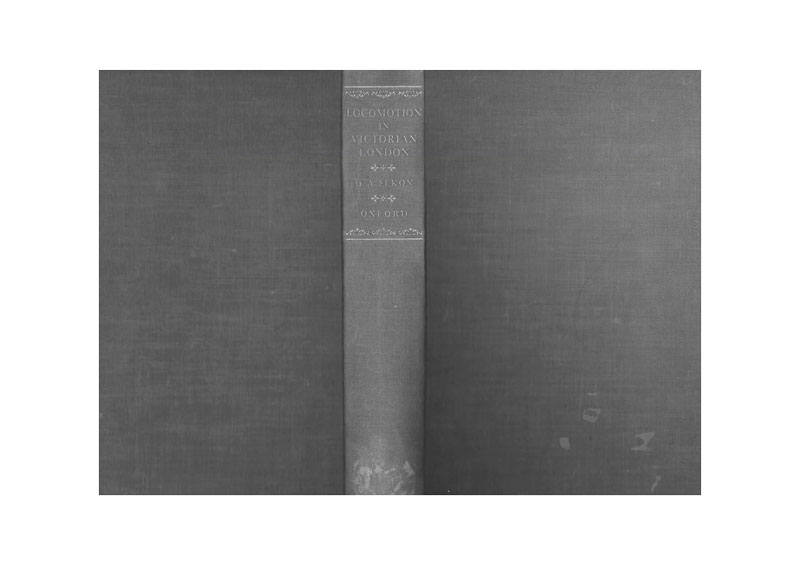
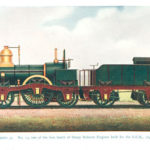
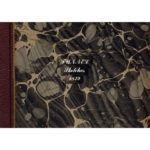
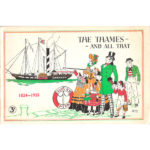
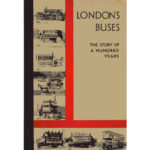
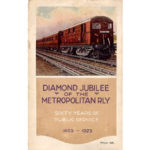
Reviews
There are no reviews yet.